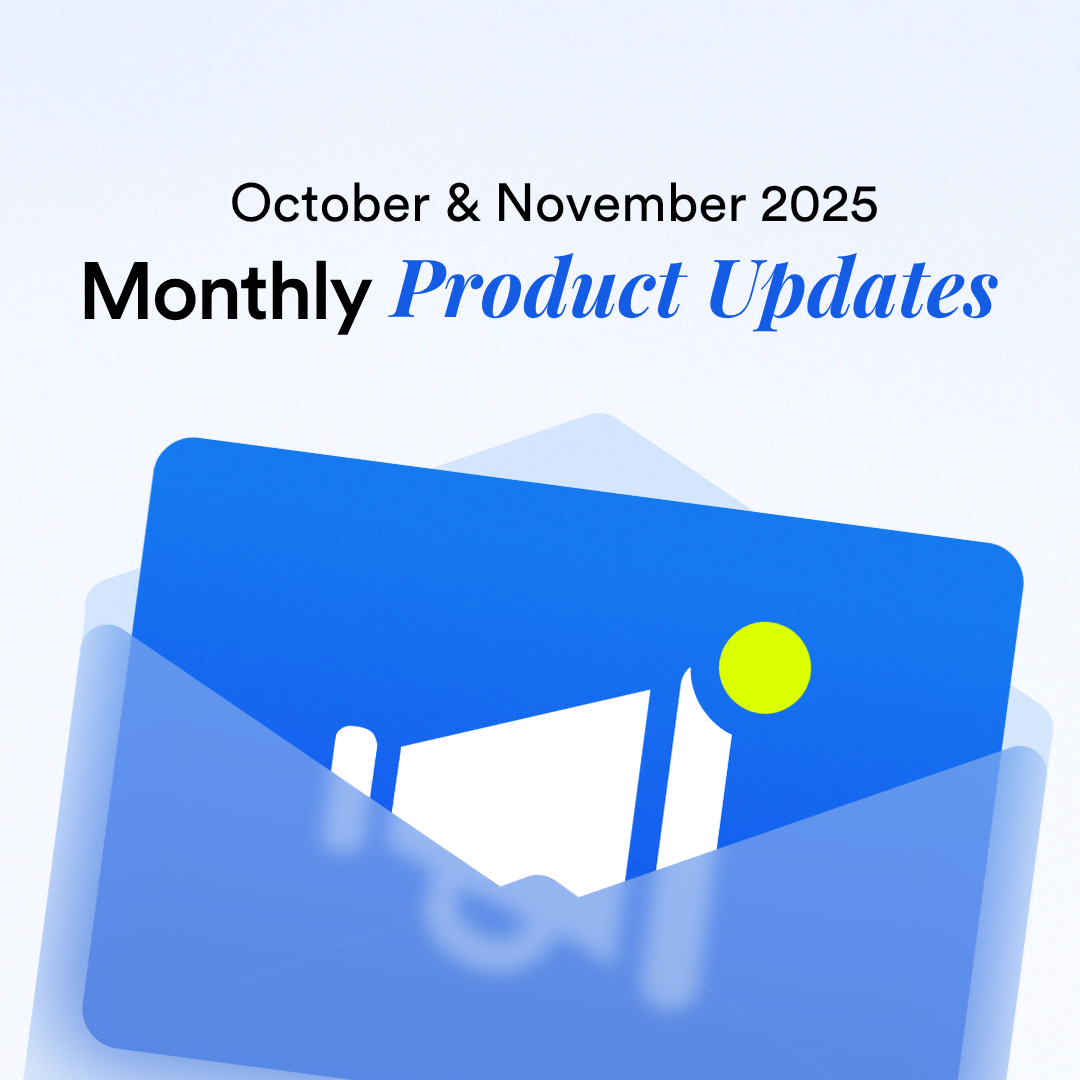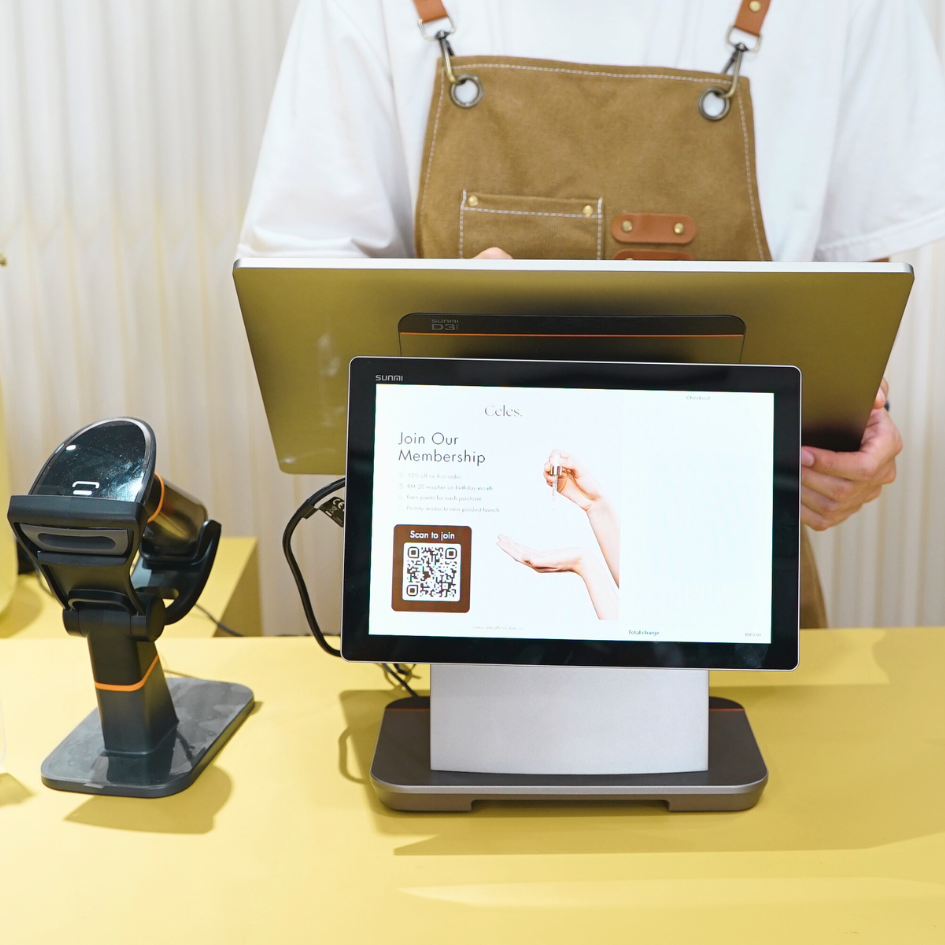How to Effectively Manage Inventory Across Multiple Locations
By Eric Lian · 2nd March, 2023

文章目錄
This blog was updated on 19 May 2025, for more information connect with our team: https://www.easystore.co/contact
How to Effectively Manage Inventory Across Multiple Locations
As retail businesses expand and operate from multiple stores or warehouses, managing inventory becomes significantly more complex.
Multi-location inventory management involves tracking stock levels, optimizing distribution, and ensuring product availability across all locations—without overstocking or understocking.
In this blog post, we’ll explore why managing inventory across multiple locations is critical, and share actionable strategies to help you stay in control while scaling your business.
Why Multi-Location Inventory Management Matters
Whether you’re running multiple brick-and-mortar stores, pop-up locations, or distribution centers, having a reliable system for managing inventory across locations offers key benefits:
Better Customer Service
When you can ensure the right products are in stock at the right locations, you’re better positioned to meet customer demand promptly. This leads to faster fulfillment, improved customer satisfaction, and higher retention.
Lower Operational Costs
Optimizing stock distribution across locations helps reduce holding costs, prevent overstocking, and minimize the need for costly last-minute transfers or expedited deliveries.
Greater Efficiency
A clear view of inventory across all locations streamlines operations—helping your team fulfill orders faster, reduce stockouts, and avoid redundant inventory transfers.
Best Practices for Multi-Location Inventory Management
Managing inventory across several locations doesn't have to be a logistical headache. Implement these best practices to improve accuracy, efficiency, and responsiveness:
1. Centralize Inventory Control
Centralizing your inventory management through a unified platform allows you to gain complete visibility into stock across all outlets. This simplifies decision-making and helps you monitor performance in real time.
With EasyStore, for instance, inventory from all sales channels and locations can be managed in one centralized system—allowing you to allocate, track, and transfer stock as needed.
2. Use a Cloud-Based Inventory System
A cloud-based inventory system lets you manage and monitor inventory from anywhere. It offers real-time updates, seamless access across devices, and synchronized data for all your locations.
EasyStore’s cloud-based POS and inventory management tools are ideal for growing retailers. You can check stock levels, process orders, and update product listings—all from a single dashboard.
3. Optimize Inventory by Location
Use sales data to identify buying patterns and demand trends at each location. This allows you to tailor inventory levels per store, ensuring fast-moving items are adequately stocked where they’re needed most.
Avoid the “one-size-fits-all” approach by customizing restocking rules for each location.
4. Implement Barcode or RFID Scanning
Barcode or RFID scanning helps track inventory with precision. Scanning products as they are received, sold, or transferred improves accuracy and reduces manual entry errors.
This tech-driven approach ensures that your system reflects real-time inventory changes, supporting more reliable decision-making.
5. Automate Replenishment
Automated replenishment rules help prevent out-of-stock issues and reduce excess inventory. Set reorder points for each location so that restocking happens automatically based on predefined thresholds.
EasyStore supports automated inventory updates, so you never miss a restock opportunity—even when managing multiple branches.
6. Conduct Routine Inventory Audits
Regular stock audits are essential to maintain data accuracy. Auditing helps uncover discrepancies between reported and actual inventory levels, allowing you to resolve issues before they impact customers.
Schedule periodic checks at each location to ensure accountability and consistency.
7. Establish Clear Communication Between Locations
Open communication between stores and warehouses is vital. Whether it’s inventory transfers or stock updates, setting clear communication protocols helps prevent errors and keeps everyone aligned.
Use shared platforms, team messaging tools, or scheduled sync meetings to ensure transparency and collaboration.
Final Thoughts
Multi-location inventory management is key to running a scalable, customer-focused retail business. When done right, it helps ensure products are available where and when your customers need them—while keeping costs and inefficiencies low.
By centralizing inventory control, leveraging a cloud-based system like EasyStore, and implementing the right processes, you can simplify inventory management and set your business up for sustained growth.
Make Customers Love Buying From You
EasyStore empowers your brand to prioritize customers and enhance their experience, creating a unified customer experience (UCX) that makes customers love buying from you.
Over 50,000 brands have grown their businesses by embracing unified customer experiences (UCX) strategy through EasyStore across multiple sales channels - online store, retail outlets, marketplaces, and social media, ensuring consistency in product and service offerings for a seamless shopping journey.
Embrace UCX and redefine your business success today
Discover how UCX can elevate your customer engagement with a truly unified journey for your customers, streamline operations, and drive growth across all channels.
Contact Us




